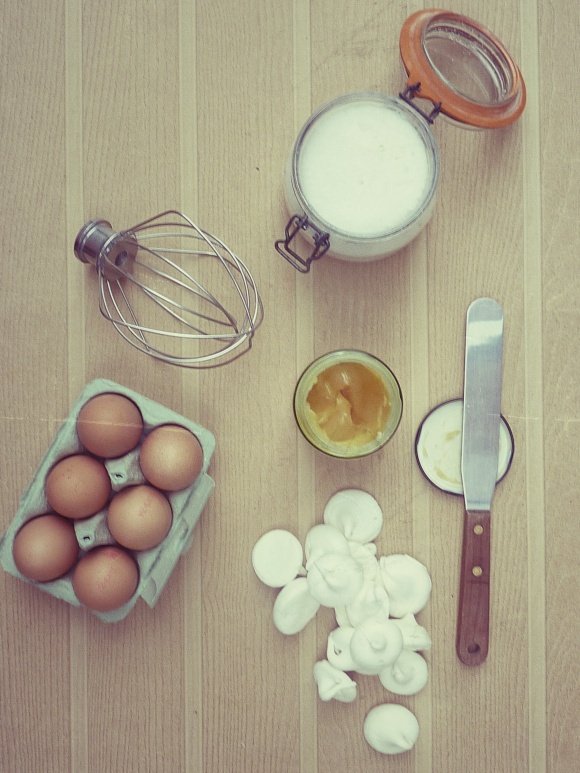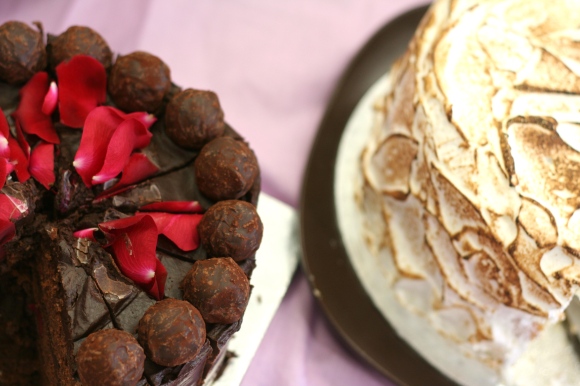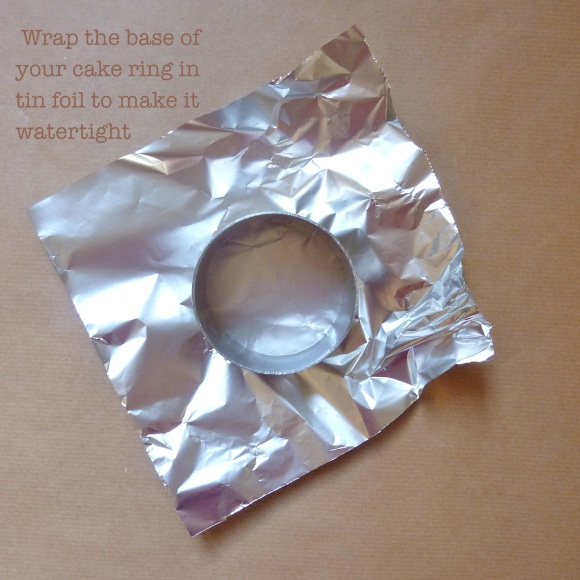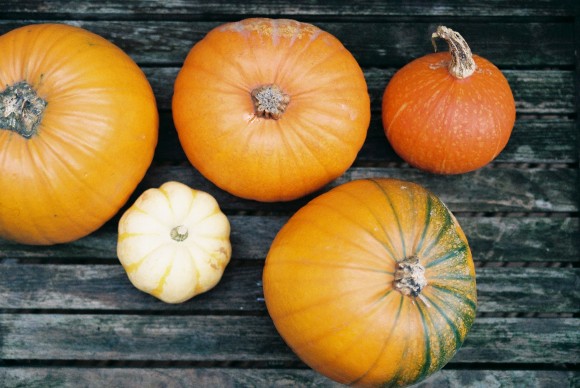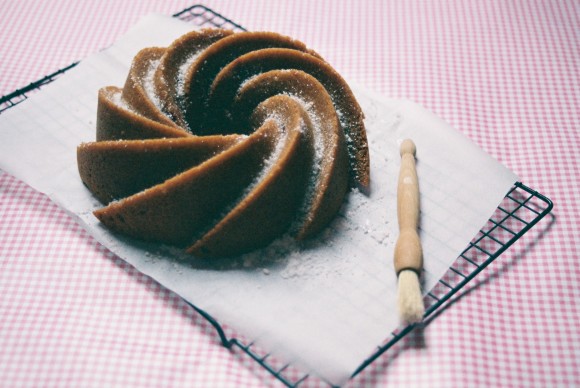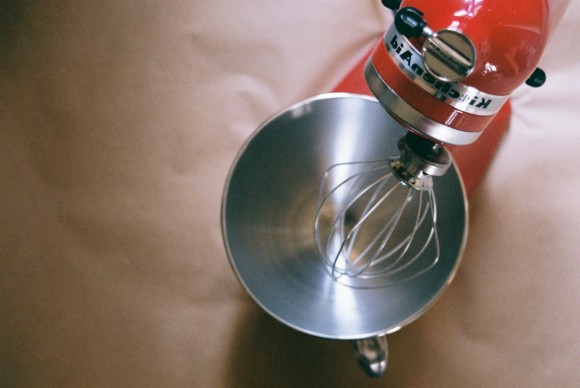I do love a hot cross bun. They remind me of my childhood and being late for school on still dark, not quite spring mornings when my mother would prepare breakfast to go- a hot cross bun with a small hole cut into the side with jam squirted inside it, just like a doughnut. Wrapped up in a little kitchen paper parcel these would then be eaten on the journey to school to save time.
Now i’ve never made hot cross buns before, neither have I ever attempted doughnuts before. These took a couple of attempts to get the recipe just right, but the results were well worth it. Hot cross buns are being baked all over at the moment so I wanted to try something a little different, with a pinch of nostalgia…
To Make 8 hot cross doughnuts you will need……
For the dough:
- 325g plain flour
- 1 teaspoon of mixed spice
- 30g sugar
- 5g salt
- 30g butter – at room temperature
- 1 egg yolk
- 10g dried fast action yeast
- 200ml warm water
- 60g dried fruit, (I used raisins and sultanas)
- the grated zest of a lemon
for the hot cross top:
- 2 tablespoons of flour
- 4-5 teaspoons of water
for cooking:
- 1 litre of light oil, vegetable or sunflower
to finish:
- 250g caster sugar
- 1 teaspoon of cinnamon
- raspberry jam
to make the dough place the flour, mixed spice, salt, sugar, butter, egg yolk and lemon zest into the bowl of an electric mixer with a dough hook attachment. Place the warm water in a measuring jug and add the yeast, stir until both are well combined and milk like in consistency. Start the mixer on a slow speed and stream in the yeast and water mixture slowly until all the ingredients come together to form a dough, turn the mixer up a little and knead the dough for around 5 minutes so the butter is well incorporated and the dough smooth and shiny. Add the fruit and mix for a minute to incorporate then turn the dough out onto a well floured work surface.
Divide the dough into 8 equal pieces and roll into balls. Place each ball onto it’s own individual square of silicone paper sprayed with a little non stick baking spray to prevent the dough sticking to the paper during proving – this will help later when frying.
Place the dough balls onto a baking tray, cover with cling film and leave them in a warm place to prove for an hour or so until the balls have doubled in size
Once the buns are proved make the hot cross top by mixing the flour and water together in a bowl. Add the water very slowly until it forms a paste that is thick enough to still hold it’s shape when piped. Transfer the mix to a piping bag, snip a small hole in the end and pipe the mixture in a cross shape on top of each bun. Now the buns are ready to be cooked.
Mix together the sugar and cinnamon in a shallow bowl and set aside. Carefully Heat the oil in a saucepan to a temperature of 160 °C, if you have a deep fat fryer for this all the better, if not take great care when heating oil, it gets HOT! Have some kitchen roll ready to catch any drips and use a heatproof slotted spoon to turn the doughnut and to take it out of the oil safely without burning any fingers! I don’t have a deep fat fryer so heat my oil on the hob using my jam thermometer to measure the temperature. This does fluctuate and for my first batch of doughnuts I cooked them at too high a temperature so they were beautifully golden on the outside but still raw on the inside! As long as the temperature keeps between 160 to 170°C the doughnuts should cook through and be light and fluffy on the inside whilst not colouring too much on the outside. I cooked mine one at a time for 3 to 4 minutes each side, until they were golden and made a hollow sound when tapped, much like how you would test if a loaf of bread is cooked. Once ready transfer the doughnut to the bowl full of sugar and cinnamon and roll the hot cross doughnut so it is completely covered in sugar.
Once the doughnuts are cool it’s time to jam up. I used the last of our rhubarb, raspberry and ginger jam to fill mine, any good raspberry jam should do the trick, and apricot jam would make a rather tasty alternative. Cut a small hole in the side of each doughnut and using a piping bag or spoon fill the doughnut with jam until it bulges and just a little jam seeps out of the hole.
Doughnuts really are best eaten warm and fresh and honestly, the smell is quite irresistible it would be rude not to dive straight in!
When developing this recipe I looked at both a doughnut and a hot cross bun recipe and merged the two, it’s essentially a hybrid of both and as deep frying is indulgent I decided to bake a few off to see what would happen. Results were good and I can confirm that if you wanted a lighter option, the above recipe can be baked in the oven at 200°C for 15 to 20 minutes until golden brown. Once cooked remove from the oven and glaze with some stem ginger syrup. For baking I would also recommend swapping the water in the dough for warm milk to give a richer, fluffier finish.
What are you baking this Easter?










